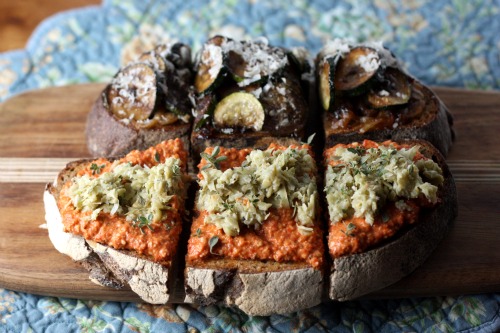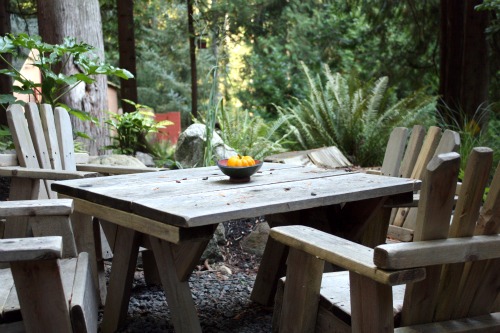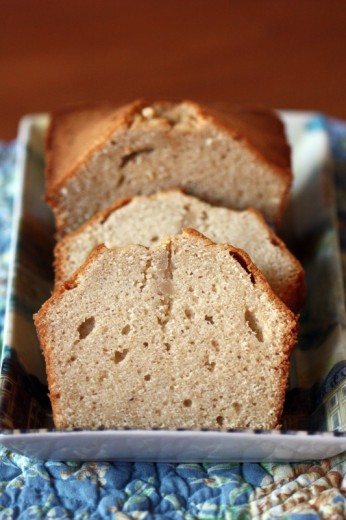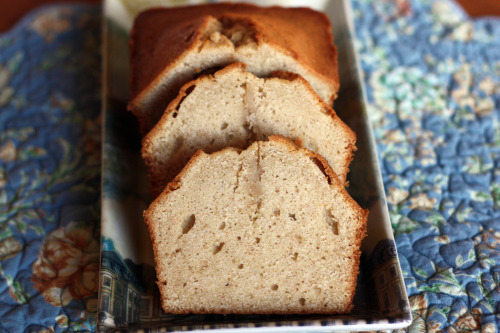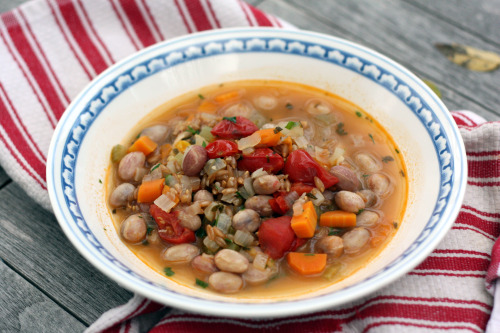Here is a question. Which is worse – enduring a recipe fail and having no idea why it failed, or enduring a recipe fail and knowing exactly what you did wrong? Is it better to kick yourself or the cookbook?
This was supposed to be Enchiladas Verdes. Corn tortillas filled with an intoxicating mixture of red onion, zucchini, and the season’s last corn – all sautéed with a bunch of cumin until just cooked. Tomatillo sauce covers the bottom of the dish, the tops of the enchiladas and a handful of cheese is strewn over the top, and the whole dish is baked until melty and gooey. Sounds good, right? Where did I go wrong?
Actually, in this case, I know exactly where I went wrong. Enchiladas typically use corn tortillas as opposed to burritos which use flour tortillas. Flour tortillas are easy to wrap around filling but corn tend to split if they are not prepped. The way most recipes instruct you to do this is to heat up some oil on the stove and dip the tortillas one by one in the hot oil. It is kind of a time consuming process, messy, and not too healthy.
Now. I don’t pretend to be Cooking Light here. There are 73 dessert recipes on this site after all. But in my savory cooking, I really do try to be mindful and keep things healthy. I have done the tortilla dipping in oil thing before and it pained me to do so. I figured I could maybe just brush the tortillas with a bit of oil, wrap them in foil, and warm them in the oven. It did not work. It was clear from the first enchilada that my tortillas were going to be splitsville. I was undone by my own attempts at lightening up a dish.
So, I had a double helping of an amazing tomatillo sauce, a terrific filling, lots of tortillas and avocados. I also had a green rice that I had intended to serve alongside the enchiladas. I mixed the rice and filling together with about one third of the tomatillo sauce, put it in a baking dish, sprinkled queso fresco on top, and baked it. I mashed another third of the sauce into the avocados for a super tangy guacamole. I served the remaining third in a dish to spoon over everything including the black beans I cooked down with lots of onions and cumin. And with the tortillas, I made these.
I always tell people that my downfall is not brownies, cookies, or cakes (although I like all three), but salty crunchy things. Like chips. Specifically tortilla chips. I can’t have them in the house. I have a whole shelf of my pantry devoted to chocolate and it stays untouched until I go to bake something with it. But if there are chips in the house, they do not last more than a day or two. Sometimes I will buy the low fat ones but they are so unsatisfying – salty cardboard – that it isn’t really worth it.
Making your own chips is so easy and so much healthier than the store-bought version. I would even argue that they taste better because you control the seasoning. If you buy nice thick tortillas you get nice thick chips. And thick chips are great for scooping up huge quantities of tomatillo guacamole. So, I can’t share the enchilada recipe since I technically didn’t make it but I’ll tell you how I made the chips. And as an added bonus, I’ll share the tomatillo sauce.
One Year Ago: Petits Pains au Chocolat
Fresh Corn Tortilla Chips
Dana Treat Original
Makes 24 thick chips
I’m not super exact on measurements here because it so depends on your taste. I like my chips really salty but if you don’t just use a pinch or two.
6 corn tortillas
Vegetable oil
Kosher salt
About 2 tsp. chile powder, or more (or less!) to taste
1 lime, cut in half
Preheat the oven to 375ºF. Using a pastry brush, brush the top of each tortilla with the vegetable oil. Sprinkle with a pinch of salt and a small pinch of chile powder. Repeat with the remaining tortillas, stacking one on top of the other as you finish. Using a large sharp knife, cut through the stack both lengthwise and width wise to end up with 24 pieces total.
Separate out the chips and place on a baking sheet. Put in the oven and bake until the chips become fragrant and start to brown around the edges, 10 to 15 minutes. Remove from the oven and immediately squeeze the juice from the lime over the chips. Sprinkle with another pinch of salt and allow to cool.
Tomatillo Sauce
Adapted from Fields of Greens
Makes about 2 cups
As written, this recipe will make a loose sauce so don’t expect salsa consistency. If you want it chunkier, just pulse it in the processor until you reach the desired texture.
1 small yellow onion, thinly sliced
Salt and cayenne pepper
½ green bell pepper, coarsely chopped
1 pound fresh tomatillos, husked
1 or 2 jalapeños, seeded and chopped
2 tbsp. chopped cilantro
Pour a little water into a medium-size saucepan; add the onion, a pinch of salt, and a small pinch of cayenne. Cover and cook the onion without stirring, over medium heat until soft, about 5 minutes. Add the bell pepper, tomatillos, and chiles. Cover again and cook until the tomatillos are very soft and have released their juices, about 15 to 20 minutes.
Purée in a blender or food processor until the sauce is smooth, season with salt and more jalapeños or cayenne to taste. Add the cilantro just before serving.


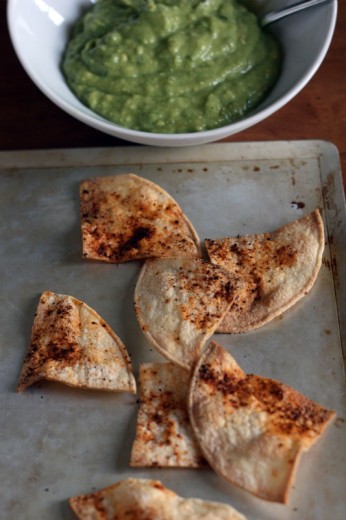

 Share
Share
